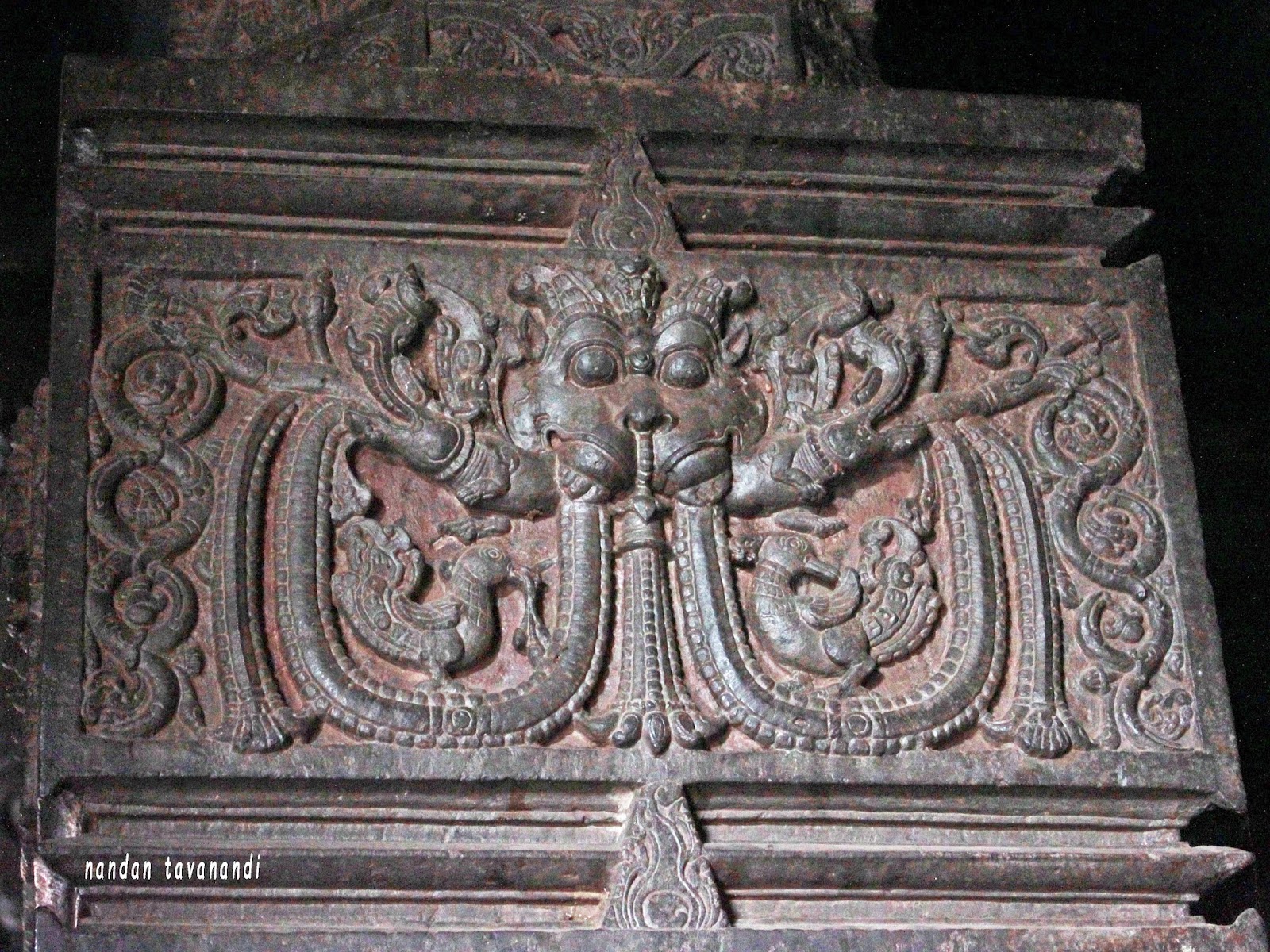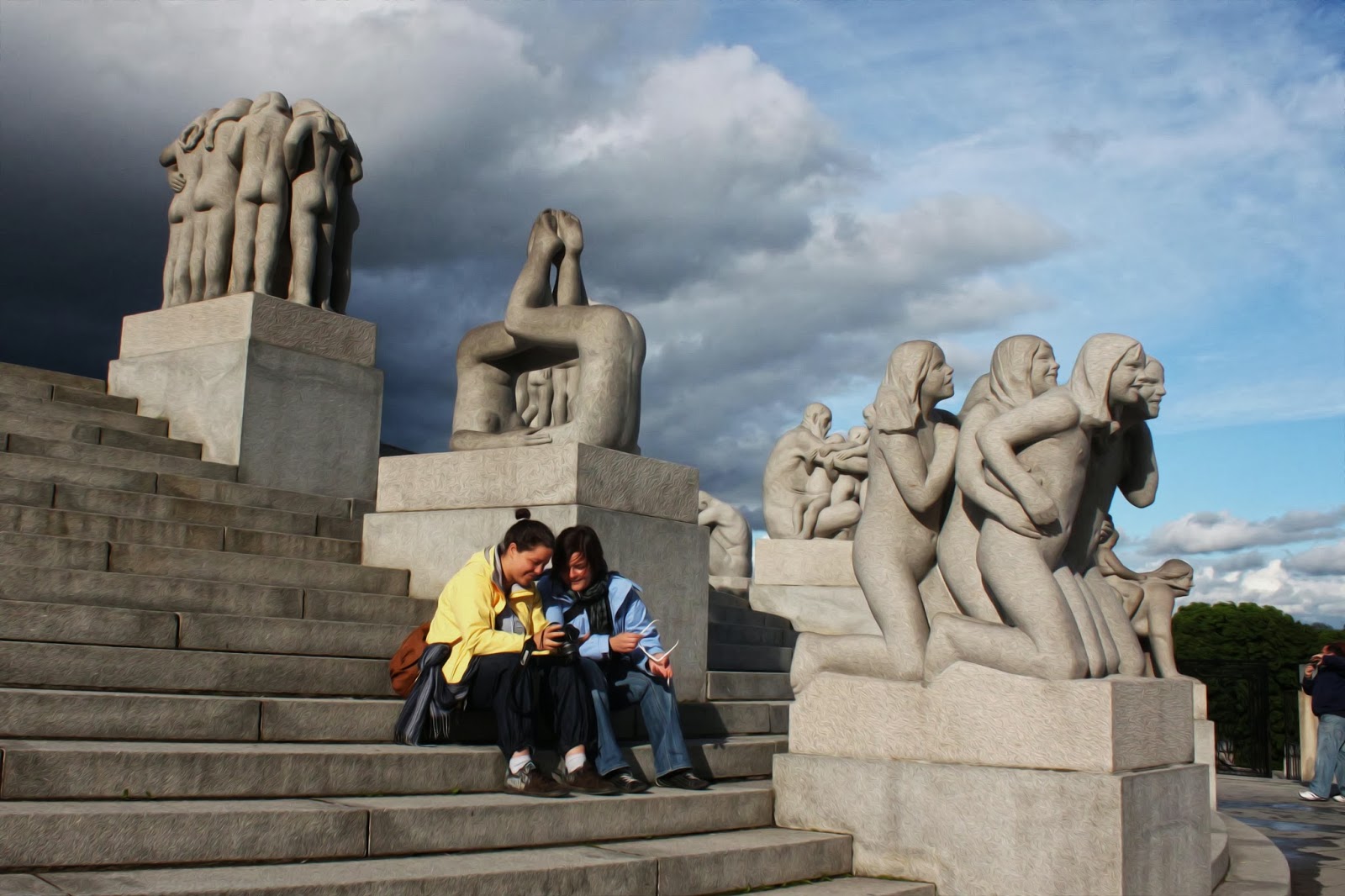If it is
EHFS, it had to be from RK films, Raj Kapoor who won the undisputed title of the
greatest showman of India. My choice of film today is his 1955 release Shree ४२०. (Sirf ४२० nahi saab,
Shri charso bees, as he says in one of the scenes).
A very simple
story of Good versus Bad, a simple story of love between a young man arriving
in Mumbai with ambitions to own Bombay who falls prey to the temptations and how
a young school teacher Vidya becomes his ultimate saviour. As expected the Good
winning over Bad in the end and Raj and Vidya living happily ever after. END.
I understand
that EHFS is more about music and songs so i can not go on and on about Raj
Kapoors directing prowess but I still can not avoid saying something about Raj
Kapoor as a Producer, Director and Actor.
There was
not much to be left to imagination in his films. The message was straight and
simple ... SMILE HE SAYS, WHATEVER YOU WERE GOING THROUGH. He himself was a
great fan of Sir Charles Chaplin and picked up quite a few tricks from Sir
Charles especially lifting his hat, shrug of the shoulders etc.
Raj Kapoor
was a film-maker and his ambition seemed to be to reach the hearts of ordinary
people. He directed just about a dozen films but still won the undisputed title
of the greatest showman of his time. He did not sit alongside the greats like
Satyajit Ray, Bimal Roy or P Gurudutt in terms of depth to portray reality or
in handling of issue based subjects. But still he was the supreme entertainer.
His films made big money and had memorable songs with magnificent themes that
glorified common man.
Today, after
all these years, I may not crave for his films and even have forgotten the
details but if his movies (black and white) come on TV, I still enjoy transporting
myself to those mesmerising nostalgic years
The movie
did not win any top Filmfare awards of 1956 either for direction, music or for
singers. It however won the awards for Best Cinematographer: Radhu Karmakar,
Best Editing: G.G. Mayekar and also a Certificate of Merit for the Second Best
Feature Film in Hindi. Which was the first that year ?
For his
Production house R K Films, Raj Kapoor set up a team which remained with him
through out and the team consisted of cinematographer Radhu Karmarkar, Story
writers K A Abbas and V P Sathe, the nationalist and socialist lyric writer
Shailendra, the romantic Hasrat Jaipuri, the composer duo Shankar-Jaikishan and
the playback singer Mukesh who also became Raj Kapoor's alter ego. Of course Lata
Mangeshkar became a permanent part of his musical genius and also Manna Dey on
many occasions.
With this
long introduction, I start with the video clips and songs . . .
I was and
even now never tired of watching the beggar on बंबई street in Shree
420 asking Raj who has just entered the Bombay city not to bother him because
... यह धंदेका टाइम है भाई धंदेका । (yeh dhandeka time hai bhai dhandeka) and soon there after ...
the same beggar philosophising .... यह बंबई है भाई बंबई। ........ । मगर जब खुद गिरते है तो हँसना भूल जाते हैं ! And later the pawn broker saying to
himself that “Bambaiko koi nahi khareed sakta leking Bambai subko khareed leti
hai”
Have a look
at this video of about 8 minutes just to settle well in to this EHFS ...
Raj Kapoor believed
much in symbolism. And symbolism in this movie starts right
at the start of the first song of the movie ... Mera Joota Hai Japani at a road
sign which shows Bombay - 420 miles. Silly but symbolic but I know by personal
experience that it went very well with the simplicity and sensibility of the
time it was made : September 06, 1955. It is just a little older than me and
that too is symbolic J
I am not too favourite of this song so I
am putting just a special 1 minute clip of the video which was digitally
converted to colour.
I start with
the first song "Ramayya Vastavayya" which was a hugely popular song
in the movie. The Telugu words meant "Ramayya, wont you come" ? The
situation in the movie is .... Raju is lost to the slum dwellers who gave
shelter to him in his first days in Bombay and the slum dwellers are wanting
him to come back to rescue them from 420s in the society !
The song
remains an iconic one in the History of Hindi Filmy Music but my specific
liking for the song was for that moment midway in the song, where the mood of
the slum dwellers carries itself to Vidya who is pining for Raju and see how it
is carried to her via the typical symbols of Bombay then and even now ... Wheel
barrow, then a Victoria and finally a milkman on his bicycle. I like to listen
to these couplets that Lata sings for Nargis any number of times ... This is
about 11 minutes video and I like it that way as it creates the atmosphere for
the audience. My favourite part of the song :
Yaad aatee
rahee, dil dukhaatee rahee
Apane man ko manaanaa, naa aayaa hume
Too naa aaye to kyaa, bhool jaaye to kyaa
Pyaar kar ke bhoolaayaa naa aayaa hume
Wahee se door se hee, too bhee ye kah de
kabhee
Maine dil tuz ko diyaa...
I put the Shailendra
song ‘Dilka haal sune dilwala ...’ sung by Manna Dey ahead of Rammaiya
Vastavayya. The whole song is so meaningful and at places showing some
socialistic shades of Raj Kapoor which made him so popular in Russia as well as
in China,
Gham se abhi
azaad nahi main
Khush magar
aabaad nahi main -2
Manzil mere
paas khadi hai,
Paau mein
lekin bedi padi hai
Taanga deta
hai daulat waala,
Dil ka haal
sune dil waala
Dil ka hal
sune dil wala
The next
number ' Oh jaanewale mudke jara dekhake jana' by Hasrat Jaipuri, in my opinion is the top song for me from
this film as well as in general. The director has effectively portrayed a
tormented Vidya rigid in her moral stance not wanting to walk along her lover's
dishonest path. A uncompromising Vidya is looking at Raj go away from her and
another Vidya, a softer one extracting from her figure imploring the moral
Vidya to help him. Do you remember a very similar situation in Bobby ? A very
short song as if Raj Kapoor could not bear the rigidity in her eyes fixed on
his shoulders for more than 2 minutes ...
Tumhe qasam
hai meri
Dila ko yun
naa tadapaao
Ye iltijaa
hai ke
Muda muda ke
dekhate jaao
Mud mud ke
na dekh by Shailendra perfectly fits under "masala" category. RK at
heart, a 100% Showman that he was enjoyed playing to the gallery ensuring ample
proportions of all human moods in his movies.
Raj in this
song is shown as visibly torn between Maya, the Illusion and Vidya, the lady. Nadira was at her height of glory in
1955 and one can not miss the vivacity,
her utterly seductive serpent like power that she displays in the movie
and in this dance.
The
following words about Nadira the temptress are reproduced straight from a
review available on the internet..... "The classic figure of the
enchantress is once more portrayed, but in an extremely vivid light. If we
didn’t know that Raj is falling into a huge trap, we would be enjoying their
show as a high-flying display of pleasure and dream-like romance, and we would
sigh with contentedness! But the tiger’s soft fur hides the fiercest claws that
Nature has crafted: Maya is Raj’s doom, his Mr Hyde side. "
No wonder
Raj can’t “look back” at Vidya when there is too much in front of him.
I put the
next Shailendra song sung by Manna Dey ahead of Rammaiya Vastavayya. The whole
song is so meaningful and at places showing some socialistic shades of Raj
Kapoor which made him so popular in Russia as well as in China,
Gham se abhi
azaad nahi main
Khush magar
aabaad nahi main -2
Manzil mere
paas khadi hai,
Paau mein
lekin bedi padi hai
Taanga deta
hai daulat waala,
Dil ka haal
sune dil waala
Dil ka hal
sune dil wala
I spoke of
symbolism in Raj Kapoor's movies and for that I take you to immediate dialogues
after the song "Ichak dana bichak dana ...". Please judge for
yourselves.
First I just
put a video clip I prepared from the movie ...
This Hasrat
Jaipuri song is pure joy to me. Do not miss the marvel of femininity that Nargis
is in this song. Her expressions are a rapture to watch. Please wait for that
moment when she is teaching and how her face changes from sweet to severe as
she notices Raj trying the same guessing game as the children.
During my
college days ... Oh, that scene in the rain between Raj and Nargis singing Pyar
hua ikraar hua !
The song is
sung when Raj has left his iron burning a hole in a customer’s jacket but the some
soft moments in this song burnt holes in our young hearts. The song is
pucturised on a set with artificial rains but that didn't matter. Today, this song is no more a rage and many
other songs with have over taken its position but if I were to bring back the
40 years old memories then this is the song and couple of others from Chori
Chori (not RK movie of course) .... Oh !
Don't ask me. Just watch ....
It seems, in
this song the reel life spilled over real life. The screen came alive when the
two appeared together. Raj Kapoor's imaginative picturisation thrilled us.
Lastly....
As it often happens some beauties are just left out in the film. And here is
one such that never made it to the screen officially ...... Shyam Gayi Raat
ayee ke balam aja ...
Lastly about
the music... I failed to find words so have picked up what I read in his
biographical book Raj Kapoor, The Great Showman..... ".... Despite his
permanent team comprising SHankar Jaikishan, lyricists Shailendra and Hasrat
Jaipuri and singer Mukesh, it was Raj Kapoor himself who pervades all over. He had
a great ear for music, an innate sense of rhythm and could play most instrument
by ear. His favourite Ragas were Bhairavi, Shivranjani, Pahari, Malkauns and
Darbari.
And as
Latadidi, whose birthday falls today once said .... " ....... the RK film
music in the ultimate analysis Raj Kapoor's own creation..... " and with
no disrespect to Shankar Jaikishan or others who comprised RK music in later
years.
I know, I
can not do full justice to presentations due to limitations in
my own knowledge base but I hope, you will take it kindly and make me richer with your
constructive comments and criticism of my presentation. Thank you... One and
all.








































































